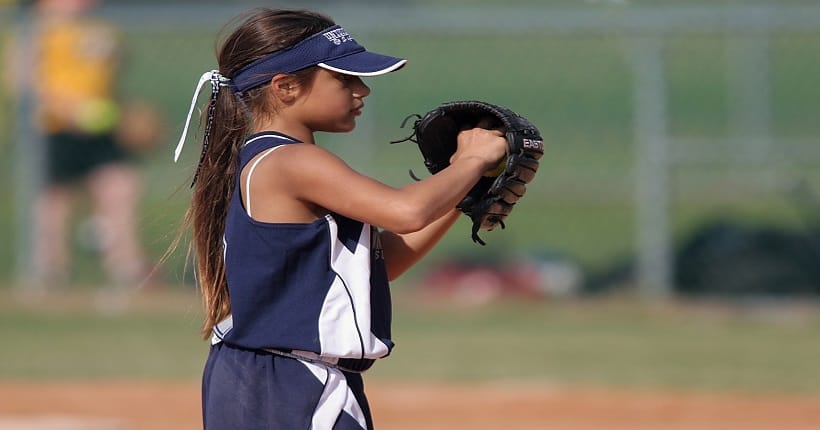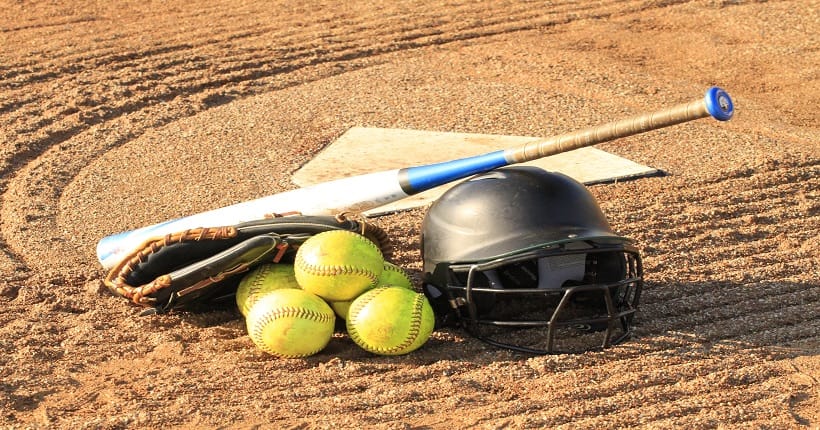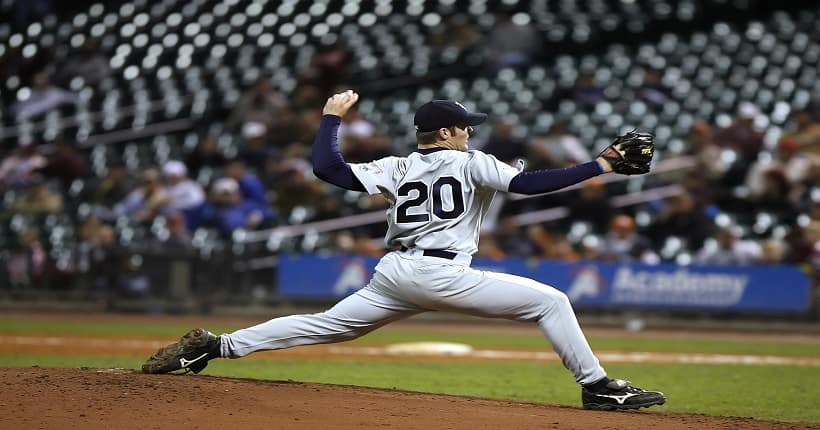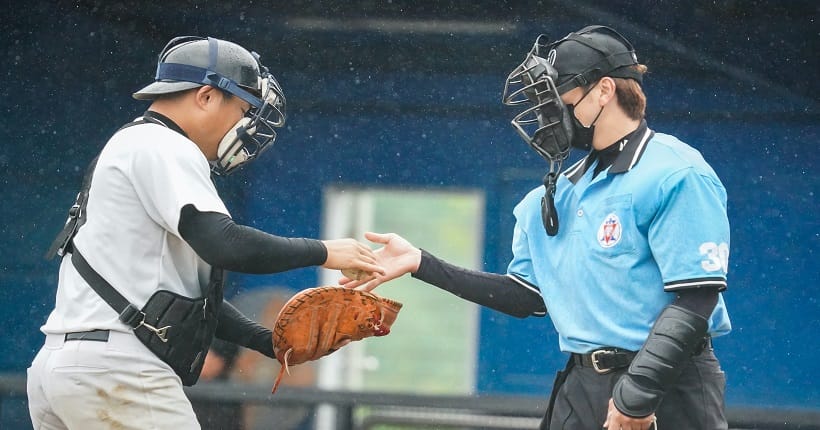How Many Innings In High School Baseball Game?
A high school baseball game typically consists of seven innings, just like in professional baseball. High school baseball games typically consist of seven innings, mirroring the format of professional baseball games.
These seven innings allow for a balanced and competitive gameplay, providing ample opportunities for both teams to showcase their skills and make strategic moves. Each inning brings its own excitement as players aim to make runs, outs, and ultimately, clinch the victory.
With the game usually spanning these seven innings, high school baseball enthusiasts can look forward to a thrilling and action-packed experience on the diamond. Whether you’re a player, coach, or a passionate fan, a high school baseball game offers plenty of enjoyment and showcases the skills and teamwork of young athletes.
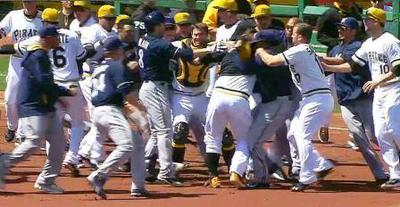
Credit: www.theoleballgame.com
The Basics
In the world of high school baseball, one of the key elements that determine the duration and outcome of a game is the concept of innings. Understanding how many innings are played, their relationship with the duration of the game, and their role in determining the winner is essential for any baseball enthusiast. In this article, we will delve into the intricacies of innings in high school baseball and shed light on these fundamental aspects.
The concept of innings in baseball
The game of baseball is divided into a series of innings, each consisting of two halves: the top half and the bottom half. During their half of the inning, a team will have the opportunity to bat and score runs, while the opposing team takes the field and tries to prevent runs from being scored. This alternating sequence continues until both teams have completed a predetermined number of innings, usually seven.
Relationship between innings and the game duration
The number of innings in a high school baseball game is an important factor in determining its duration. Since each inning consists of both teams having a chance to bat and field, the more innings played, the longer the game will last. On average, a high school baseball game comprises of seven innings, totaling 14 halves of play. However, certain circumstances such as tie games or tournament regulations may result in extra innings being played to determine a winner.
The role of innings in determining the winner
In high school baseball, the team that scores the most runs by the end of the final inning is declared the winner. If the score is tied after the designated number of innings, extra innings may be played until a clear winner emerges. This ensures a fair and conclusive outcome, allowing both teams an equal opportunity to prove their skills and secure a victory.
To summarize, the concept of innings is an integral part of high school baseball. Each game consists of a series of innings, with teams alternating between batting and fielding. The number of innings played contributes to the duration of the game, and the team with the most runs at the end of the final inning is declared the winner. So next time you watch a high school baseball game, keep an eye on the innings to gauge the progress and excitement of the match.
Regulation Games: 7 Innings Or 9 Innings?
In high school baseball, regulation games can either consist of 7 innings or 9 innings. The decision regarding how many innings are played in a game depends on various factors. Let’s explore the standard number of innings in high school baseball, factors influencing this decision, and the differences between 7 and 9 inning games.
The standard number of innings in high school baseball
The standard number of innings played in a high school baseball game can vary between 7 innings and 9 innings. Most commonly, however, high school baseball games are played for 7 innings. This standard has been established to accommodate the needs of high school athletes while ensuring a reasonable duration for the game.
Factors influencing the decision of innings
When determining the number of innings to be played in high school baseball games, several factors come into play. These factors include:
- Time constraints: High school schedules are often packed with various activities, making it necessary to limit the duration of baseball games. Playing 7 innings allows for a reasonable game length and helps ensure that students can balance their academic and athletic commitments.
- Pitcher workload: High school pitchers have pitch-count limits established by their respective state associations. By playing 7 innings, the workload for pitchers is generally more manageable and reduces the risk of overexertion.
- Safety considerations: High school baseball games need to be conducted within a safe timeframe. Fatigue and longer games increase the risk of injuries due to reduced focus and physical strain. Limiting the number of innings helps maintain player safety.
Differences between 7 and 9 inning games
There are several notable differences between 7 and 9 inning games in high school baseball:
| 7 Inning Game | 9 Inning Game |
|---|---|
| Shorter duration | Longer duration |
| Fewer opportunities for comebacks | More opportunities for comebacks |
| Less strain on pitchers | Greater workload for pitchers |
| Emphasis on efficient gameplay | Strategic planning over a longer game |
Ultimately, the choice between a 7 inning and 9 inning game comes down to various factors including scheduling, player workload, and safety considerations. Regardless of the number of innings played, the goal remains the same: to provide an exciting and competitive experience for high school baseball players.
Overtime And Extra Innings
In the exciting world of high school baseball, a game that extends beyond the usual nine innings can lead to an intense and nail-biting experience for players and spectators alike. When teams find themselves in a tie, they must push themselves further, entering the realm of overtime and extra innings to determine the ultimate victor. In this article, we will explore what happens when a game goes into extra innings, the rules and regulations for overtime play, as well as the strategies and challenges that teams face in these extended games.
What happens when a game goes into extra innings
When a high school baseball game is tied at the end of the standard nine innings, it enters what is known as “extra innings.” Extra innings provide an opportunity for both teams to continue playing until a winner is determined. In these additional innings, the teams must keep their focus and adapt their strategies as the pressure mounts and the game hangs in the balance. Players must stay alert and give their all, as even a single pitch or a clutch hit can determine the outcome.
Unlike in professional baseball, where games can often go on for many extra innings, high school baseball usually has limitations on the number of extra innings that can be played. The specific regulations regarding the number of extra innings vary depending on the state and the governing body of high school sports. In some cases, additional innings may continue until a winner is declared, but in others, there may be a predetermined maximum number of extra innings allowed.
Rules and regulations for overtime play
When a high school baseball game enters extra innings, it is important for players, coaches, and officials to be familiar with the rules and regulations governing overtime play. These rules ensure that the game remains fair and competitive, giving both teams an equal chance to secure victory.
One common rule in overtime play is the “international tiebreaker.” Under this rule, which is often used in high school softball as well, each inning begins with a runner on second base. This rule aims to speed up the game and increase the chances of scoring, as the runner on second is already in scoring position. This approach adds a new strategic dimension to the game, as teams must decide how to navigate the inning with this advantageous starting point.
Another important rule is that each team retains the same number of outs and batting order as the previous inning. This ensures fairness and consistency throughout the overtime period. Additionally, pitchers may face limitations on the number of pitches they can throw in extra innings, as player safety and fatigue management become crucial considerations.
Strategies and challenges in extended games
Playing in an extended high school baseball game poses unique challenges for teams and coaches. As the innings accumulate, fatigue can start to set in, both physically and mentally. Managing player stamina and concentration becomes critical to maintaining a high level of performance.
Teams must also adapt their strategies to the changing dynamics of the game. Pitching becomes a delicate balance, as coaches must decide when to switch pitchers, considering their fatigue level and effectiveness. Hitters may need to adjust their approach, as the game stretches on and they face new pitchers or different pitch counts.
Furthermore, extended games require teams to make quick decisions and react to unexpected situations. Coaches may need to make substitutions strategically, inserting fresh players who can bring energy and new perspectives to the game. Defensive alignments and play-calling may need to be adjusted on the fly to counter the opposing team’s tactics.
In summary, overtime and extra innings in high school baseball add an electrifying element to the sport. Players, coaches, and spectators are tested as the game goes beyond the standard nine innings. By understanding what happens in extra innings, the rules and regulations for overtime play, and the strategies and challenges teams face, we gain a deeper appreciation for the excitement and determination that define extended high school baseball games.
Frequently Asked Questions On How Many Innings In High School Baseball Game?
Is There 7 Or 9 Innings In High School Baseball?
High school baseball games typically consist of 7 innings.
What Is Considered A Full Game In High School Baseball?
A full game in high school baseball consists of seven innings. Each team gets a chance to bat and field for seven innings, with the team scoring the most runs declared the winner.
How Many Innings Does Freshman Baseball Play?
Freshman baseball typically plays 7 innings. It is the standard length for high school baseball games at the freshman level.
How Long Do High School Baseball Matches Last?
High school baseball matches typically last around 2 to 3 hours.
How Many Innings Are There In A High School Baseball Game?
A high school baseball game typically consists of 7 innings, allowing students to develop their skills within a reasonable timeframe.
Conclusion
High school baseball games typically consist of seven innings, providing an exciting opportunity for players to showcase their skills. Understanding the structure and duration of these games is essential for players, coaches, and fans alike. By familiarizing ourselves with the rules and regulations surrounding high school baseball innings, we can fully appreciate the thrill and strategy that goes into each game.
Whether you’re a player or a spectator, keeping track of the innings allows you to immerse yourself in the thrilling world of high school baseball.

